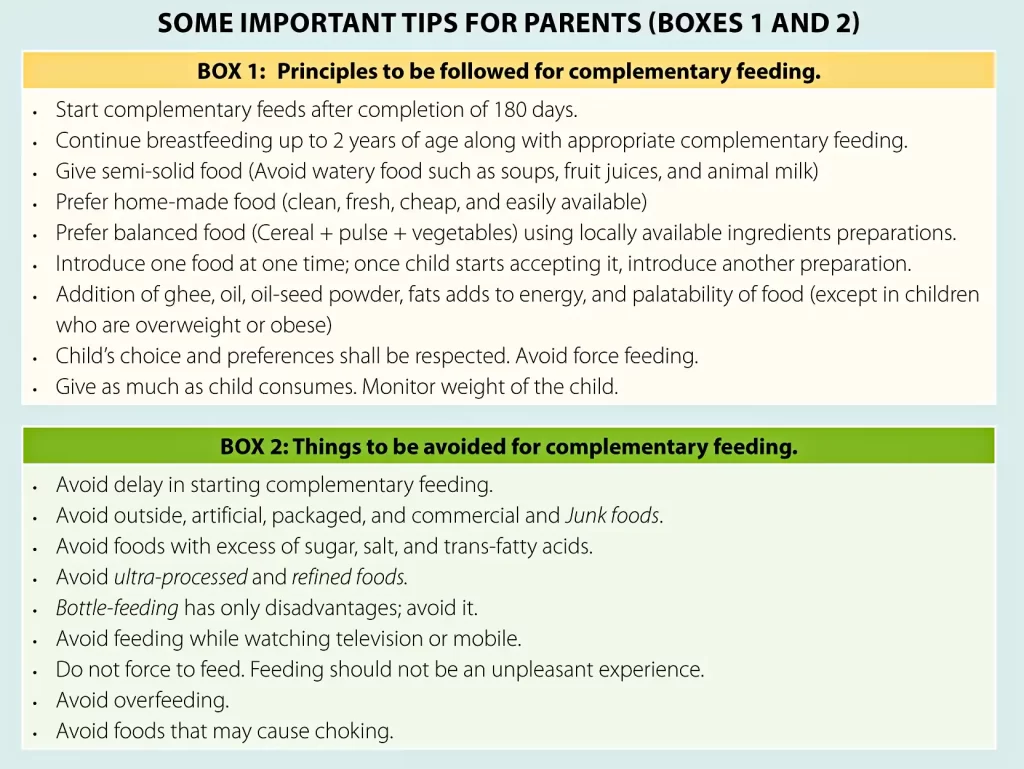
As your baby grows, their nutritional needs evolve. While exclusive breastfeeding provides all the nourishment a baby needs for the first six months of life, it’s essential to introduce complementary feeding once they reach this milestone. Complementary feeding, also known as weaning, is the process of introducing solid foods alongside breast milk to ensure your child’s continued growth and development.
The first two years of life are critical for a child’s growth. This period, often referred to as the “1000 days,” includes pregnancy and the first two years after birth. During this time, optimal nutrition through breastfeeding and timely introduction of complementary foods is crucial for your child’s health

When and Why to Start Complementary Feeding:
Breast milk alone is no longer sufficient to meet your baby’s nutritional needs after six months. Introducing complementary feeding at the right time—soon after six months—is essential to support their growth. Signs that your baby is ready for complementary feeding include:
- The development of neck and head control.
- The appearance of the biting movement of the jaw.
- The ability to swallow solid foods.
- The reduction of the tongue-thrust reflex, which causes them to push solids out of their mouth.
If complementary feeding is delayed beyond six months, it can affect your baby’s ability to chew and swallow solid foods later on. This “critical period” is the ideal time to introduce new textures and tastes to your baby’s diet, ensuring they develop good eating habits.

Basic Principles:
A balanced diet is essential for your baby’s growth and development. While no single food is perfectly complete, combining different foods can create a balanced diet. Start with simple foods like cereals mixed with pulses, vegetables, and fats like ghee or oil. These combinations provide the necessary proteins, carbohydrates, fats, vitamins, and minerals that your baby needs.
Staple foods, such as rice or wheat, are central to many diets. By incorporating these into your baby’s meals along with other nutritious ingredients, you can create wholesome, balanced meals that support their growth.
